For those exploring options in building their forever log home, one of the first considerations involves the three basic rules of real estate: location, location, location. In this sense, the idea relates to more than resale value.
Choosing to build in a conventional development or subdivision presents its own array of challenges—usually in conforming to the often confusing and always lengthy list of building restrictions that apply. Of course, such restrictions may well make construction of a log home impossible or at least problematic. Experience has taught Dave Carter of Appalachian Log Homes that some research and planning for a log-friendly experience saves a lot of hassle.
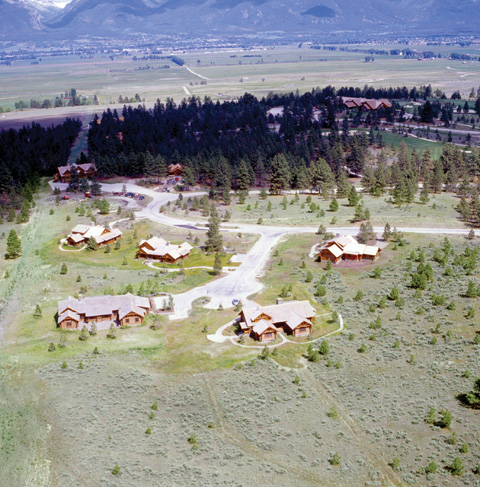
Photo courtesy of Pioneer Log & Timber Homes
“It all starts with the restrictions and whether they allow log or rustic element types of houses,” Carter warns. “If they do, then you have the battle won. But with most developers today, you see them having to approve design, square footage, and roof breaks along with the architectural controls they want. That is a big battle, and if there are a lot of restrictions it is one you hardly ever win. I’ve seen developments that have to be all brick and no logs and some others that specifically prohibit logs.”
Deciding to build in log-friendly development offers an option that could mean all the difference in keeping the neighbors and the homeowners association happy or avoiding any potential disagreements, interpretations, or rulings that are solely in the hands of others. Log-friendly communities, those that were planned from the beginning exclusively as log or timber home developments or those that welcome log and timber construction but remain mixed in styles, can be found in most areas of the United States and Canada. Attending shows, asking builders and realtors in your desired area, and searching the Internet may yield numerous choices.
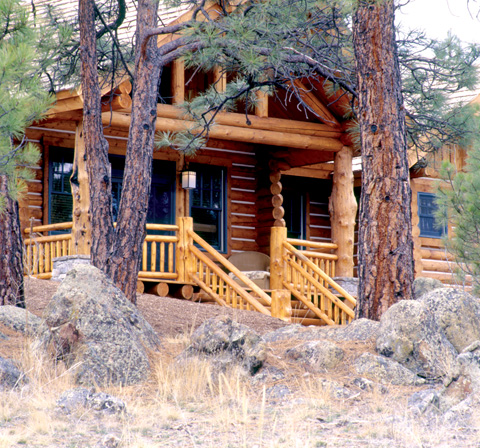
Photo courtesy of Pioneer Log & Timber Homes
“Once prospective homeowners have narrowed down where they want to build, they can do a computer search on ‘log homes for sale’ in that area and then note where they are located,” advises Erwin Loveland of MossCreek. “They can also check with any local or regional log providers as they will most likely be aware of a log friendly community. They could also take a look at one of the log home blogs as people will often mention where they are building their log home. Lastly, the locations of feature homes in log magazines are often mentioned in the accompanying articles.”
According to Wes Spiker of Pioneer Log & Timber Homes in Victor, Montana, developments such as Bachelor Gulch in Avon, Colorado, or Stock Farm Club in Hamilton, Montana, encourage log construction in certain areas of their communities. Additionally, there are other communities—possibly harder to find—that require or encourage a percentage of their structures to be covered in stone with log accents such as log roof systems, porch posts, and decorative features involving logs or heavy timbers. Heavy timbers and rock are actually trending today, he says.
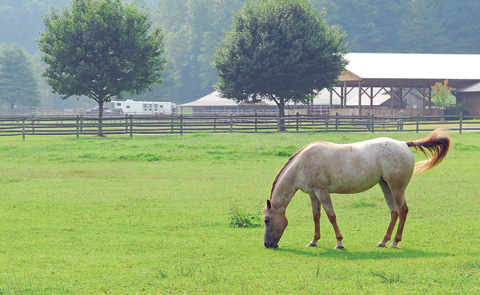
Photo courtesy of Leatherwood Mountains Resort
Other log-friendly communities include The Preserve at Little Pine in Marshall, North Carolina, Teton Springs in Victor, Idaho, and Humber Valley Resort in Newfoundland, Canada. These may offer home sites in areas that are exclusive to log home construction. Locating within a development provides access to available amenities and a sense of community with other residents.
Wes sees “log friendliness” in most areas of the country. “I would say most areas in the West are log friendly,” he says. “Upper Midwest on the lakes of Wisconsin and Minnesota, Northeast in the mountains around ski resort communities and villages, and Southeast in the mountains and the countryside with lakes and streams. We have built log homes in the Prairie States without a tree around for 10 miles, but they were situated on the property with a small man-made pond that made it work.”
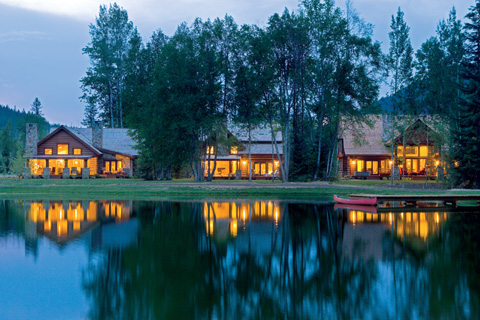
Photo courtesy of Pioneer Log & Timber Homes
Still, even in a log-friendly community there will likely be some stipulations to work through, and understanding these is a key element before the first log is put in place. “Normally, in a log-friendly development there are square footage requirements on the main floor and second floor,” advises Carter. “They may require so many roof breaks, too. The restrictions can be very simple or very complicated depending on what the developer is looking for in his particular development. If I am building a log home, I would want to put it on a bigger lot, and it can be really hard to put a log home on a typical subdivision lot anyway.”
Even within a log-friendly community a few concerns must be addressed, and as always these are best evaluated before a significant investment is made. “A concern for me would be, depending on the age of the community, that log home styles have evolved from the small diameter log, prow-front home to homes with larger logs, different styling elements, and more mixed materials,” explains Loveland. “Because of this, a newer designed home may look substantially different from the surrounding homes. This can be good and bad. Also, since all-log homes are a bit misunderstood by the banking industry it may be difficult to find comparable sales for appraisals that are applicable to a new log home.”
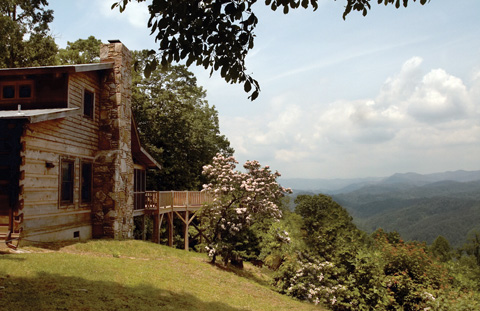
Photo courtesy of Leatherwood Mountains Resort
One significant advantage to building in a log-friendly development that may not be readily apparent is access to builders and subcontractors who are more familiar with log construction. Familiarity saves time and money with any efficiencies gained through experience. References from satisfied customers will help shorten the list of potential service providers as well.
As interest in log homes grows exponentially, the number of log-friendly communities is likely to grow across North America, and along with it will come more amenities. “Log homes are of interest to virtually the entire country,” reasons Spiker, “because most people have never seen a log home. They have seen a log cabin by a lake or a historic log structure like Abraham Lincoln’s birthplace, but the idea of a log home with electricity, running water, and no gun ports on the doors to shoot at the local hostiles is a refreshing thought and speaks to some people.”
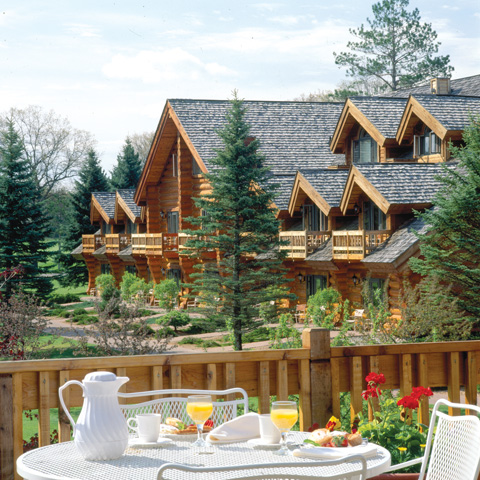
Garland Resort/photo by Roger Wade
Log-friendly communities increase the probability of an overall satisfying construction experience and probably a more stress-free lifestyle sooner than later. Check the log-friendly options in your corner of the world. Log friendly is also “log savvy,” and that means making informed decisions.

